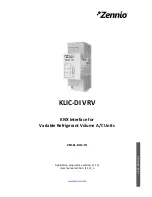
17
CTRL_N Display the next command from the history buffer.
CTRL_P Display the previous command from the history buffer.
CTRL_R Redisplay the current line.
CTRL_V Paste text from the clipboard.
CTRL_W Delete the word left of the cursor.
CTRL_X Delete all characters up to the cursor.
CTRL_Y Delete all characters after the cursor.
CTRL_Z Return to the User View.
CTRL_] Kill incoming connection or redirect connection.
ESC_B Move the cursor one word back.
ESC_D Delete remainder of word.
ESC_F Move the cursor forward one word.
ESC_N Move the cursor down a line.
ESC_P Move the cursor up a line.
ESC_< Specify the beginning of clipboard.
ESC_> Specify the end of clipboard.
hotkey
Syntax
hotkey
{
CTRL_G
|
CTRL_L
|
CTRL_O
|
CTRL_T
|
CTRL_U
}
command
undo hotkey
{
CTRL_G
|
CTRL_L
|
CTRL_O
|
CTRL_T
|
CTRL_U
}
View
System view
Default Level
2: System level
Parameters
CTRL_G
: Assigns the hot key
Ctrl+G
to a command.
CTRL_L
: Assigns the hot key
Ctrl+L
to a command.
CTRL_O
: Assigns the hot key
Ctrl+O
to a command.
CTRL_T
: Assigns the hot key
Ctrl+T
to a command.
CTRL_U
: Assigns the hot key
Ctrl+U
to a command.
command
: The command line associated with the hot key.
Description
Use the
hotkey
command to assign a hot key to a command line.
Use the
undo hotkey
command to restore the default.
















































